Singapore
Using technology to recruit in Asian power markets
Using technology to recruit in Asian power markets
Industries all over the world are continually facing hurdles when it comes to recruiting and retaining qualified personnel. Besides the common challenges, the power industry has experienced additional setbacks related to an aging workforce and poor public perception.
Russian EPC in Asia: a roadmap for a new solution in the power sector
One of the hottest topics amongst sponsors, contractors and financiers involved in Asia’s power sector today is the growing competition felt by all participants in the industry.
The radical change in Asia's physical coal market
April 18, 2012 - On January 3, 2012, Platts launched a daily 7-45 day forward FOB Newcastle 5500 kcal/kg Net As Received thermal coal price assessment, the first publisher to do so.
Singapore should do more to push RE use
Renewable energy use remains insignificant in Singapore but a more resolute political will could change that.
Mergers and Acquisitions not a viable option to grow IPPs in Asia
IPPs are expected to meet more than 30% of the 250-3500GW new capacity demand in the region in the next 10 years.
Mongolia approves first ever IPP in 20 years
Prophecy Coal speaks proudly of their mine-mouth power plant project, a first of its kind for Mongolia and one designed to augment, and ultimately replace, that country’s aging power supply infrastructure.
Cummins Power Generation releases two new genset models
Cummins has a new low range and medium range genset for the global market.
ABB invests in water monitoring solutions provider TaKaDu
The investment was led by ABB Technology Ventures in a $6 million funding round.
Jinko opens new regional headquarters in Singapore
JinkoSolar has opened its Asian headquarters in Singapore to manage sales, logistics, financing, project development and customer service for the country.
Asia has Fits for every flavour!
The cost of Solar energy depends on the “fuel” availability, the taxes in the country, the financing cost and it is understood in two ways: replacing other fuels or as a financial investment – similar to a long term bond with fixed interest.
China's 12th Five-Year Plan calls for major capacity expansions despite downturn
Even though some Chinese solar suppliers – Suntech Power is a notable example – have frozen capacity expansions due to slow growth in demand, China is reportedly pushing its top solar companies to expand.
Solar PV: Ultimate goal to reach grid parity
The long-term outlook for the solar PV industry as a whole looks bright in Rabobank’s view, even though the next couple of years are likely to be turbulent, especially for manufacturing companies.
On-site renewable energy trends for the Asian power market
Renewable energy attracted over $250 billion in global private sector investment in 2011 according to the United Nation’s REN21 report by the World Resources Institute as well as by a separate analysis by Bloomberg Energy.
The role of south Asian power sector
Energy is one of the key contributors to sustainable development. Energy is an essential input to maintain and improve living standards of people, particularly the poor and the vulnerable and to develop to socioeconomic infrastructure required for sustainable growth. Over 2.7 billion people still rely on traditional use of biomass for cooking.
Cummins Power Generation' C17D5T gen set best for mobile operators
The C17D5T generator set is equipped with a 1,000 litre fuel tank and can run for 1,000 hours between servicing, including lube oil and air filter changes.
Can Grid investment & operational efficiency be improved through SMART GRID and DSM?
As Asian Power requirements increasing and many countries in the area are facing problems to accommodate balance between their requirements and resources, Transmission grid investment and operation efficiency can be improved through smart utilization of “Demand Side Management”(DSM).
Asian power sector challenges from a UAE perspective
Integrating renewables into the grid effectively, accommodating nuclear power safely, and interconnecting with other neighboring networks are some of the challenges that United Arab Emirates power sector is tackling at the current stage.









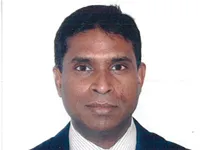
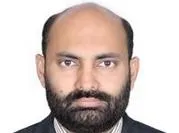


 Advertise
Advertise

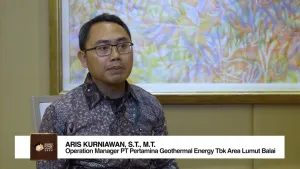


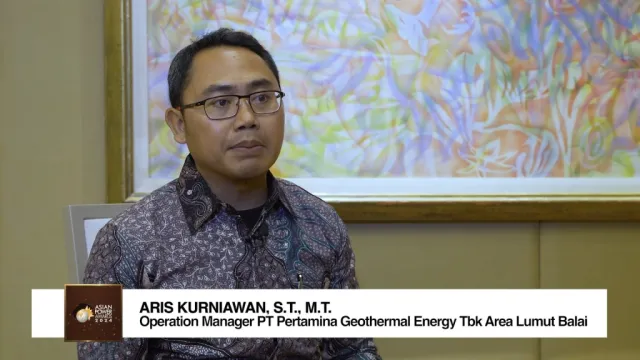
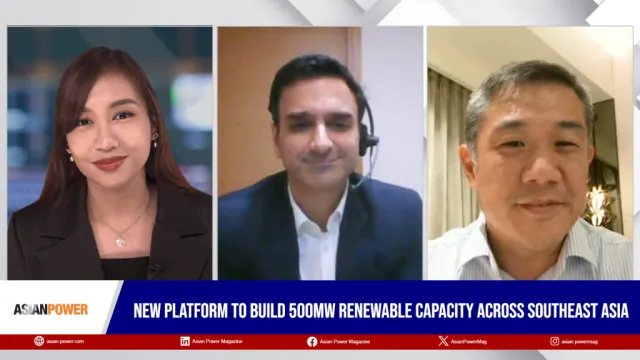

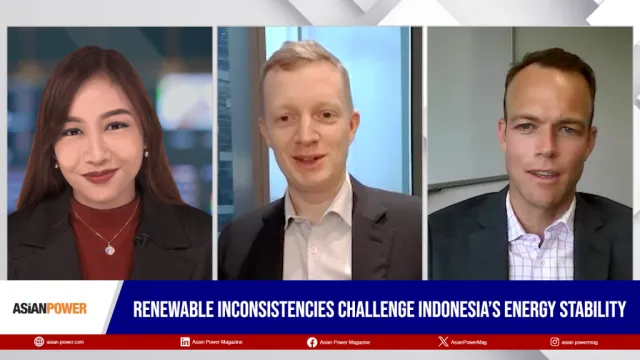







Commentary
Navigating risk strategies for decommissioning traditional power plants